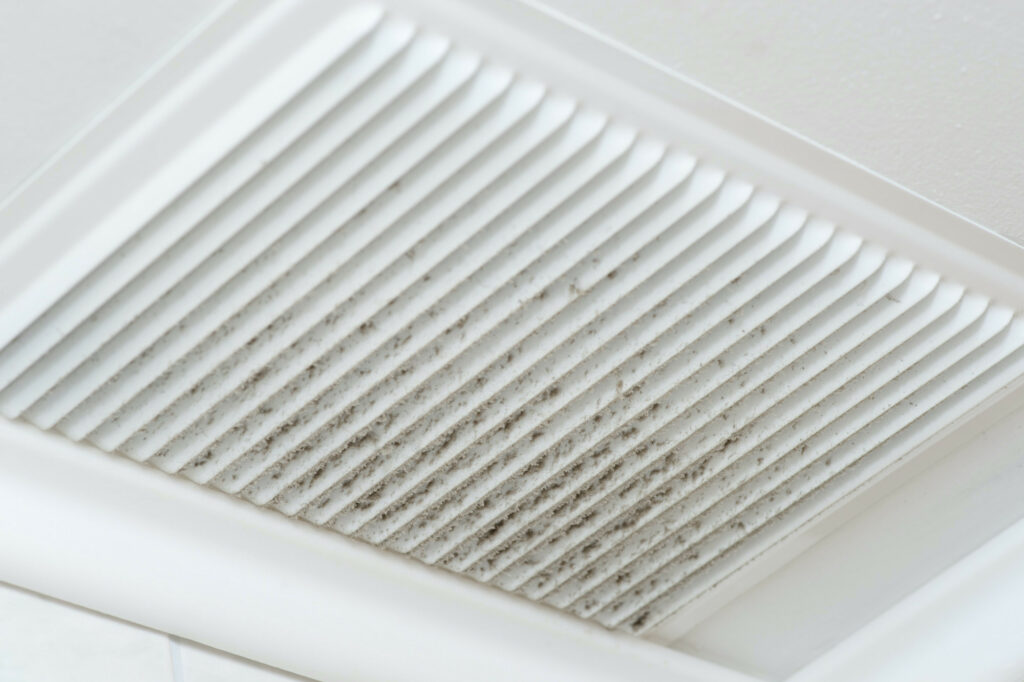The Importance of Healthy Indoor Air Quality

Most of us assume that pollution is higher in outdoor air than indoors. But did you know that some pollutants are often found indoors at concentrations 2-5 times higher than in typical outdoor conditions? What’s more, common indoor air pollutants can cause a variety of health issues, ranging from minor to life-threatening. If you’ve never thought about your indoor air quality, now is the time to do so.
Keep reading to find out just how important healthy air quality is.
Indoor Spaces Can Easily Trap Pollutants
One of the reasons why it’s so important to pay attention to indoor air quality is because these areas can easily trap pollutants.
Not only can they siphon in and trap pollutants from outside, but indoor spaces can also generate and hold their own toxins.
Some of the common indoor air toxins come from things like asbestos, CO2, wood smoke, mold spores, and radon emitted from building materials.
We Spend 90% Of Our Time Indoors
Another reason to take the importance of air quality seriously is that the average person spends 90% of their time indoors. If the indoor air you’re in is poor, then you’re inadvertently exposing yourself to potentially dangerous toxins.
What’s more, these toxins are invisible. Therefore it’s a wise idea to test your indoor air quality for things like mold, asbestos, and CO2.
Poor Quality Can Trigger Various Illnesses
Because we’re exposed to it almost around the clock, bad indoor air quality can have significant health impacts.
One of the major reasons to improve air quality is that exposure to air contaminants can be worse for one’s respiratory system than smoking.
Yes, you heard us correctly.
According to research, the health risks of smoking and air pollution are similar. A recent study revealed that exposure to increased pollution levels over a 10 year period resulted in the same level of lung damage as see from smoking one packet of cigarettes per day for 29 years.
Unfortunately, if you are exposed to poor indoor air on a daily basis, this can contribute or directly cause respiratory issues and disease. These include:
- Chronic lung disease
- Lung cancer
- Lung infections
- Asthma
If you already have lung disease, you are even more at risk from the mal effects.
Air Pollution (Both Indoor and Outdoor) Is Rampant
What’s more, air pollution is on the rise. Even if you think you aren’t exposed to pollutants, you might be surprised.
According to The American Lung Association’s 2019 “State of the Air” report, over 141 million people now live in counties with unhealthy air. This is more than one-third of the US population.
What’s more, even if you don’t live in a polluted area, your home could be giving off toxins from mold spores, hidden asbestos, or something as innocuous as new, or cheaply made furniture that contains formaldehyde.
Because indoor air can contain pollutants and particles from both indoors and outdoors, reports are warning that bad indoor quality can often be more deadly than polluted outdoor air.
Are You Looking to Improve Your Indoor Air Quality?
No matter which way you slice it, it’s clear that good indoor air quality is essential for one’s health.
Fortunately, it’s not hard to achieve better indoor air quality if you know who to call.
Here at Kleen Breeze, we are passionate about improving indoor air quality and are expert installers of air ventilation and purification systems.
We also test indoor air quality for mold spores and other toxins and do mold remediation and air duct cleaning.
Contact us today to discuss your needs.
